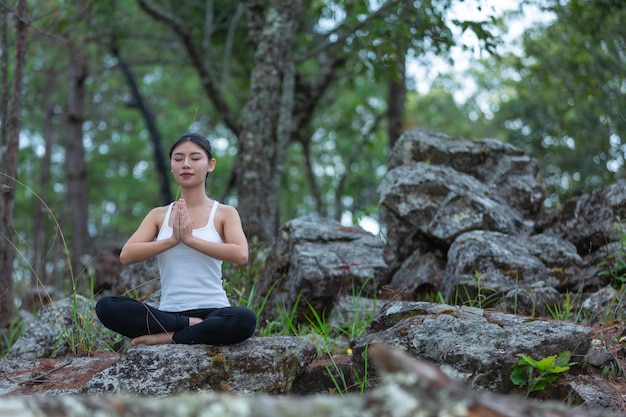

I’m sure you’ve had days where you just feel awful. Recently, I was feeling particularly down. I had an idea about what was causing it, but that wasn’t the priority. The point is, I felt sad, tired, and a bit hopeless.
Meditation was the last thing I wanted to do at that moment. Yet, from past experiences, I knew it could help. So, I sat on my meditation bench to find a better way to cope with my feelings. As I started meditating, I noticed a heavy, dark feeling around my heart and a strong resistance to experiencing this discomfort. It’s easier if you allow these feelings into your experience, so I tried to let go of that resistance and faced the darkness head-on.
Meditation often surprises me with what my subconscious brings up. That day, as I released my resistance and focused on the discomfort, a sort of mantra came to mind: “It’s OK. This is just how you’re feeling right now.”
Breathe in. Breathe out.
I kept repeating to myself, “It’s OK. This is just how you’re feeling right now.”
As I said these words, I realized they offered me reassurance. They were telling me it was alright to feel this way and to face my feelings instead of avoiding them. This approach made it clear that feelings, good or bad, are just sensations. Touch something warm, and you feel warmth; touch a thorn, and you feel pain. It’s the same with our emotions—disappointment, sadness, or hurt are natural responses to our experiences. Feeling these emotions doesn’t mean you’re failing.
Resisting pain doesn’t help; it makes things worse. It’s like trying to get rid of a pebble in your shoe by hitting your foot with a hammer. Sometimes, most of your pain comes from resisting it. Letting go of resistance lets you face your feelings as they are, making the remaining discomfort more bearable.
Feelings change. Everything changes. Remember a time when you felt awful about a breakup or worried about money? Those feelings are gone now, replaced by new ones that won’t last forever either. As Rilke said, “No feeling is final.”
So, during my recent meditation, I sat with my discomfort and repeated the mantra. The feeling lifted a bit—not completely, but enough to make it manageable. I understood I didn’t need to resist anything; I could fully experience it without being overwhelmed.
The next day, I guided two friends through the same meditation because one of them was feeling really down. We placed our hands on our hearts and spoke kindly to our suffering: “I care about you, I’m here for you. I love you, and I want you to be happy. It’s OK. We’ll get through this. You’re doing alright. I know you’re feeling bad, but I’ll take care of you.”
My friend felt better afterward, which made me happier. The other friend jokingly called it the “feeling crap meditation,” so that’s what I’m calling it now.
I’ve done similar meditations before. Turning toward pain and sadness is the best way to handle the blues. Once you’ve seen feelings dissipate after facing them a few times, it becomes a go-to strategy. Also, understanding that you have the tools to manage your emotions helps prevent additional layers of distress.
Meditation is about sitting, breathing, and confronting your resistance. This simple practice reminds you that you can handle whatever you’re feeling. It’s especially helpful during tough times, like the colder, darker days that tend to amplify sadness.
Thank you for taking the time to read this. It’s a reminder that we don’t have to add layers of suffering by being hard on ourselves. Allow your feelings to exist, face them, and remember that it’s all part of being human.